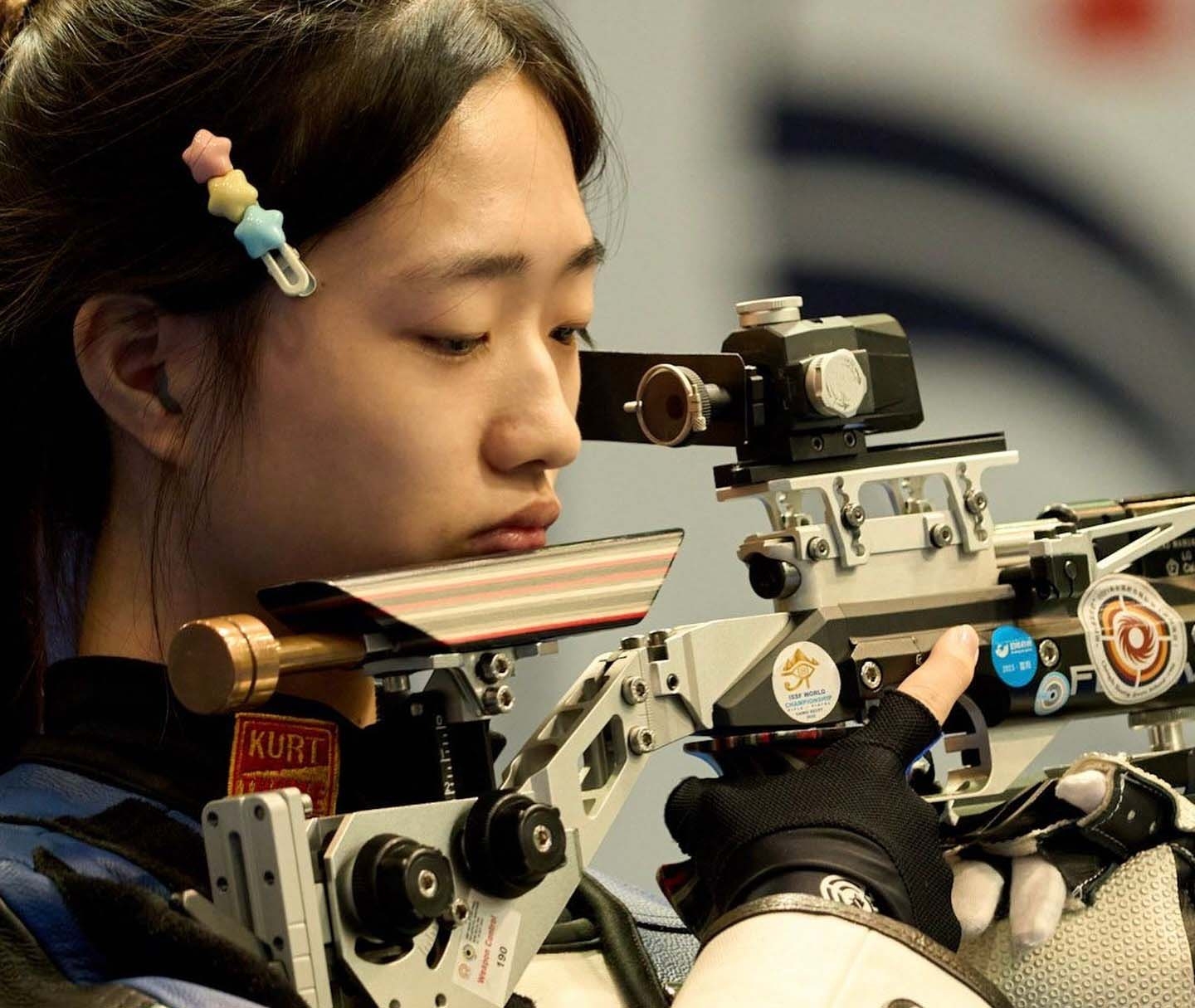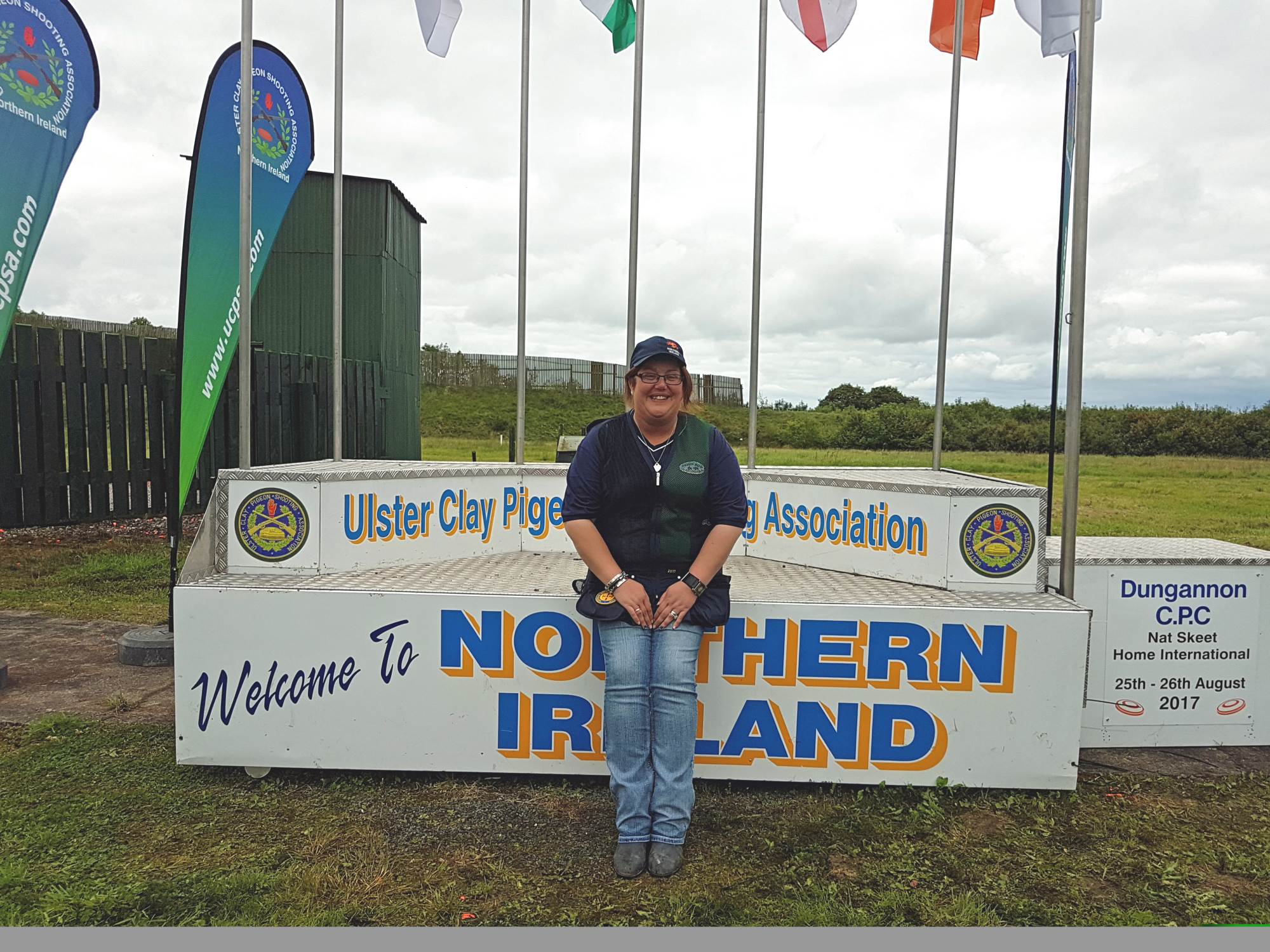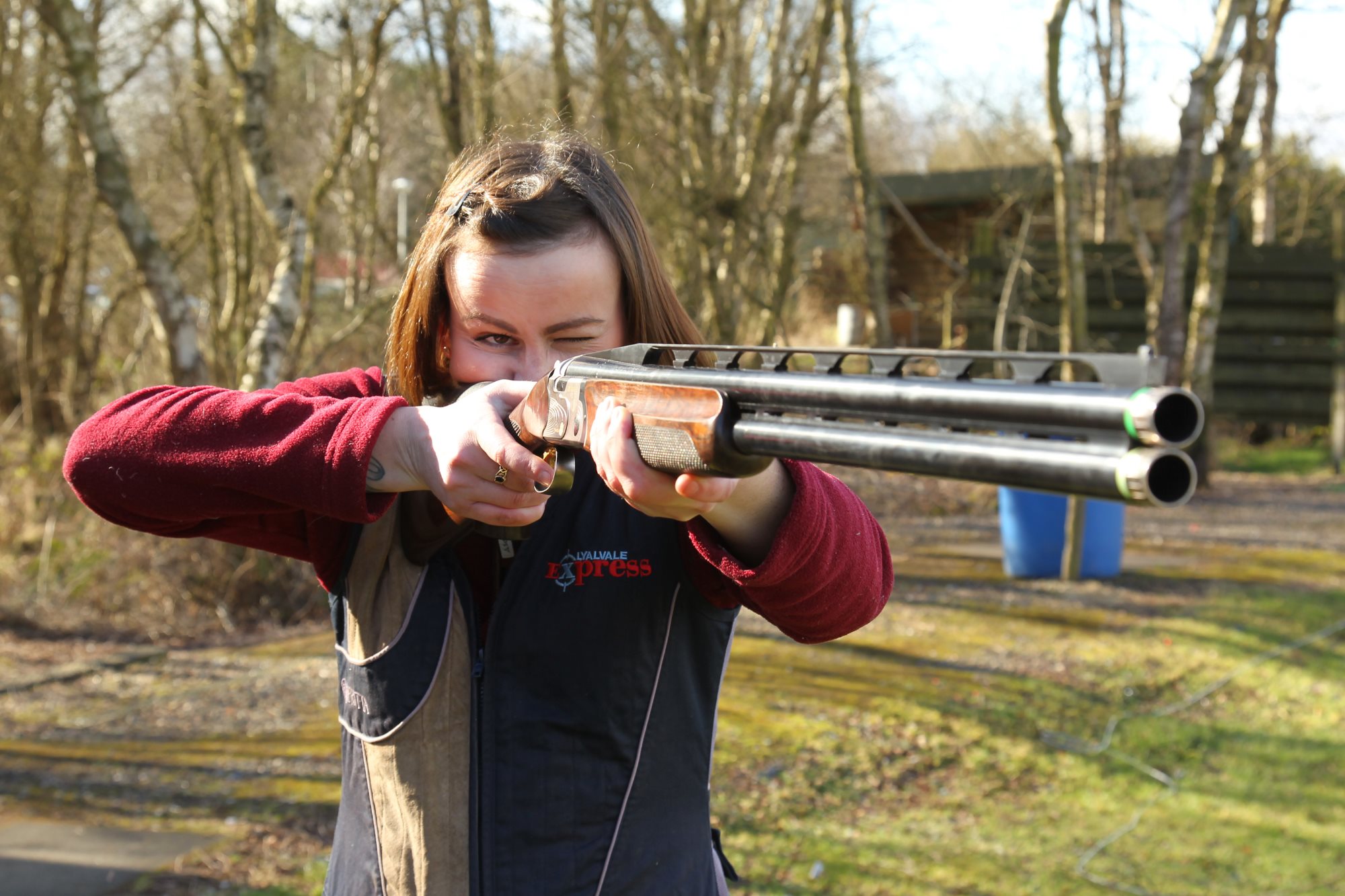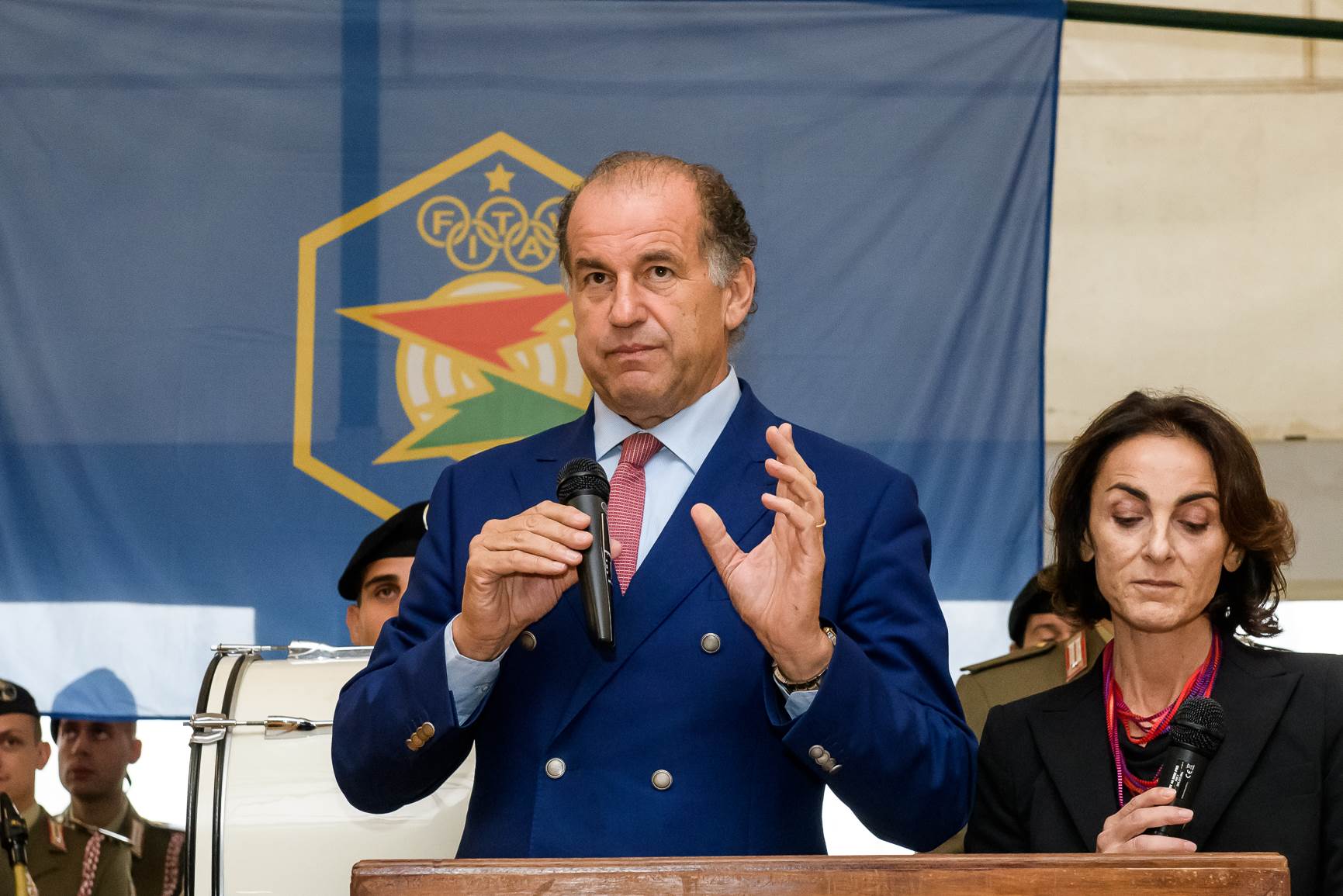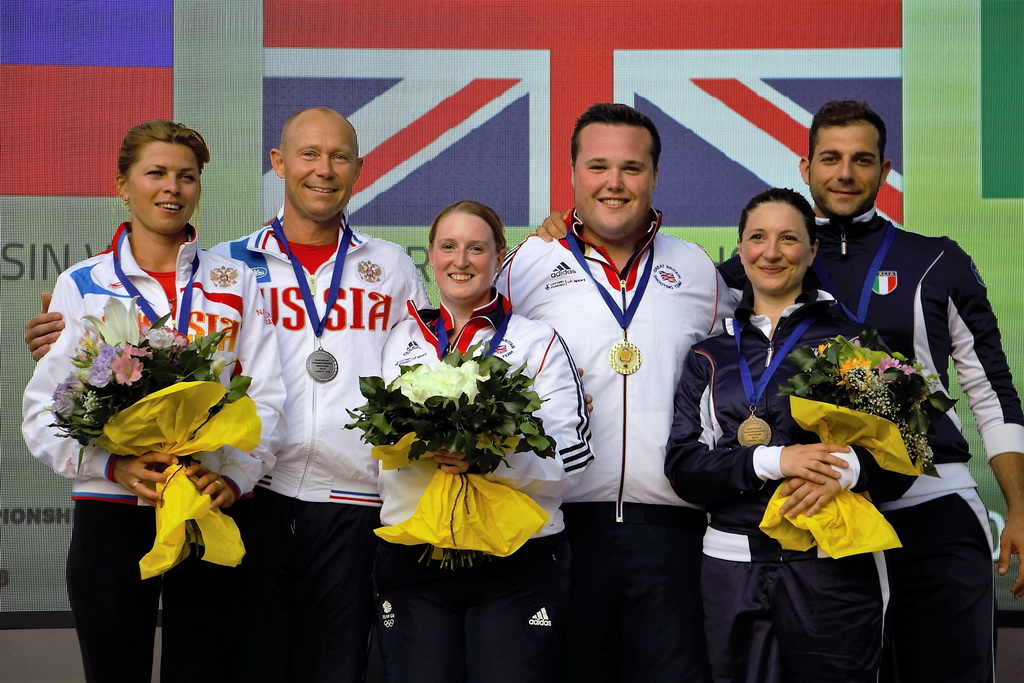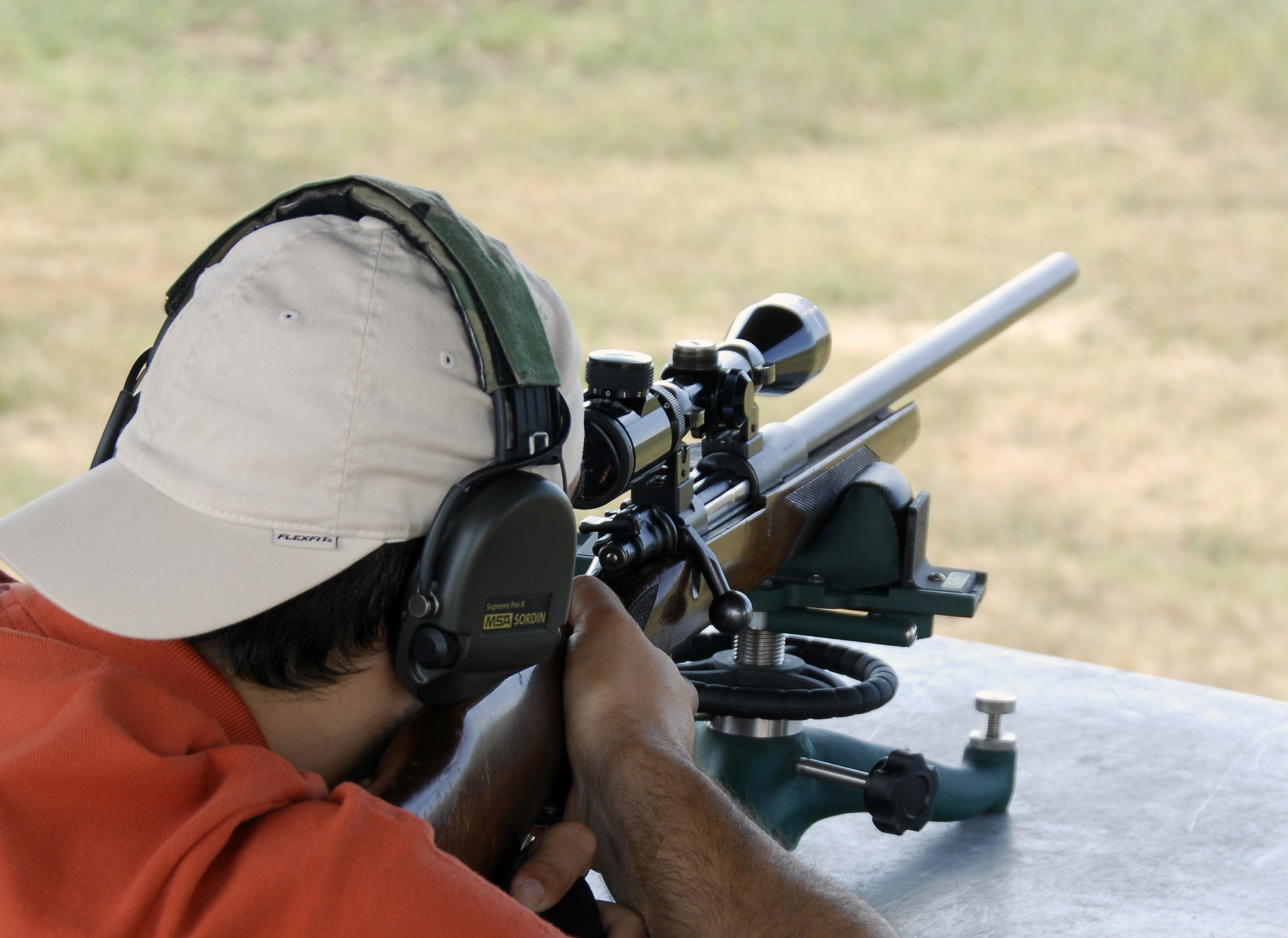They are the all-rounders among sporting handguns: semi-automatic pistols in .22 LR have been used in competitions for a good 100 years, ever since the Walther model of 1925 and the Walther Olympia, its more successful successor from 1932, gave birth to an entire dynasty of firearms whose variants extend right up to the present day. Today, with the most modern versions, you can compete in several disciplines in popular sports, but also at the highest performance level and even become world champion. Or Olympic champion, as the 25 m sport pistol has been an Olympic event since 1984, but only for women. Men, on the other hand, are among themselves in the rapid-fire pistol event, which is basically (we will come to the differences later) held with the same semi-automatic pistols. And finally, up until the world and continental championships, there are also competitions with the standard pistol – identical to the sport pistol in mechanical terms, but with slightly different rules. All three types of gun are semi-automatic, or more precisely: five-shot self-loading pistols. And what are the differences?
Sport pistol: seven seconds pause, shoot in three seconds
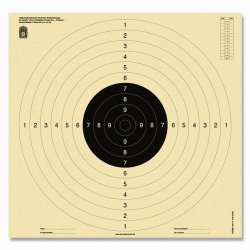
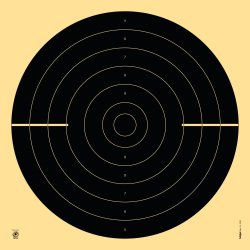
The procedure for the sport pistol in accordance with the international ISSF is the same regardless of whether rimfire or centerfire guns are used (the corresponding "25 m center fire" events include sport pistols between 7.62 mm to 9.65 mm caliber, or.30 to .38 inches):
There are two half stages of 30 shots each at a distance of 25 meters: first, six 5-shot series are fired at the precision target within six minutes each. Once this first section has been completed for all starters, the competition continues, usually in the afternoon or on the following day, with another six 5-shot series. This involves aiming at a target with a slightly larger black center. There are only three seconds for each shot and a 7-second break before the next shot. During the pauses before each shot, the shooting hand must be returned to the "ready" position, which is pointed at least 45 degrees downwards. The results of both half stages are added together.
Larger competitions are followed by a final shoot-off with the best eight qualifiers. All finalists start again from zero (regardless of their qualifying ring count), because now it is no longer rings that count, but only "hits" electronically scored from at least 10.2 – anything less does not count. After four series of five shots each have been completed for everyone, the weakest shooters are gradually eliminated as the final progresses. Nine series of five shots each are completed before the last two remaining shooters compete for gold and silver – this means up to 50 more nerve-wracking final shots in addition to the regular 60-shot series beforehand. If the scores are tied again, further series are shot to determine the winner.
The guns must fulfil strict specifications: pistols or revolvers that fire 5.6 mm (.22 LR) rimfire cartridges calibre are permitted. In practice, however, only pistols are used. The maximum weight of the pistol is 1,400 g, the trigger pull weight is at least 1,000 grams. The barrel length must not exceed 153 mm (equivalent to six inches). The sights consist of an open rear notch and a front sight with a maximum sight radius of 220 mm, optical aiming aids are not permitted. The entire gun must fit into a test box with internal dimensions of 300x50x150 mm.
The cartridges must be in .22/5.6 mm, the bullets may only be made of lead or a similar soft material. Jacketed bullets or coated projectiles are not permitted.
Olympic rapid-fire pistol in eight, six and four seconds
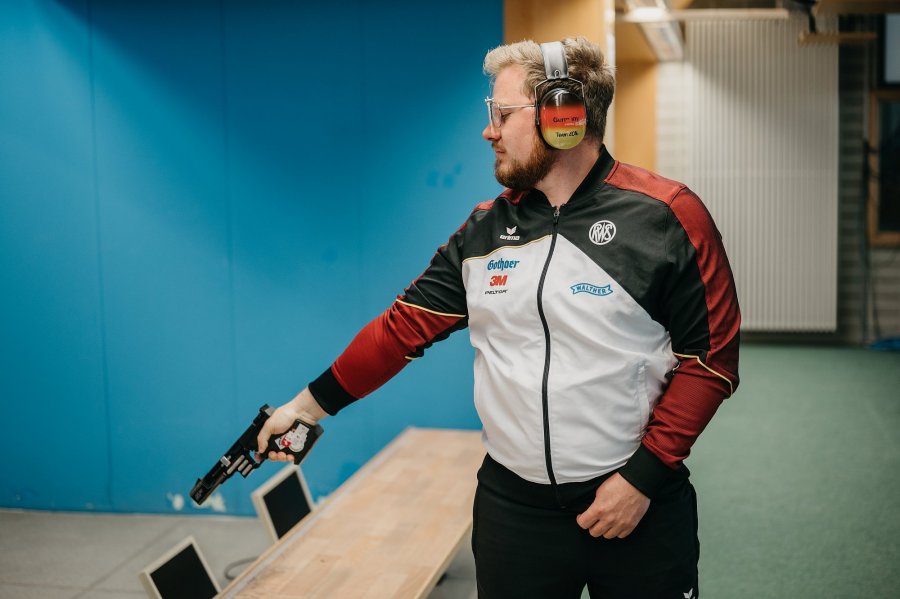
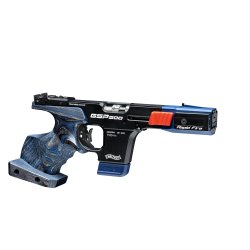
Since 1936 and until 2004, the low-recoil .22 Short was the almost exclusively used cartridge for the Olympic rapid fire pistol discipline, or RFP for short. After that, the International Shooting Sport Federation (ISSF) tried to make the two disciplines RFP and sport pistol more attractive by harmonising the rules and attracting young shooters, as this would allow them to compete in two or even three events with just one pistol. The most important rule is that only .22 LR cartridges can be used, and this with restrictions to prevent the use of too weak ammunition. The bullet weight must be at least 39 grains (approx. 2.27 grams) and the muzzle velocity must be over 250 m/s. Previously common encircling grips and compensators or ported barrels, which pushed the muzzle back into the optimum aiming line during firing, are no longer permitted. Nevertheless, rapid fire pistols have some differences to sports pistols, for example in terms of the trigger. The trigger mechanism is subject to heavy loads during the rapid 5-shot series in four seconds, which is why triggers adjusted almost to "direct release" with equally short reset travel are used.
The same targets are used as in the sport pistol dueling stage. Starting from the ready position with the muzzle lowered by at least 45 degrees, the shooting time starts with electronic systems by the traffic lights above each target changing from red to green (however, many clubs still have mechanical rotating systems where the targets are only turned towards the shooters for the permitted shooting times and otherwise fold away sideways by 45 degrees in the longitudinal axis). After raising and firing the first shot, the arm moves (from right to left for right-handed shooters) to the second target and then rhythmically to the other three. Scores of over 590 out of a possible 600 rings in the qualification are not uncommon among top shooters. The best six shooters from this preliminary round compete in the final after a longer break.
The shooters now have the task of firing four series of five shots each – within just four seconds per series. It is crucial that a smaller hit zone in the center of the "black" is hit, as this is the only way to score a point according to the "hit/miss" principle. This hit zone corresponds to a ring value of 9.7 or better. After these first 20 final shots, the first finalist, namely the sixth-placed shooter, is eliminated. This is followed by a further series in which the next "drop-out" is determined. This continues until only two shooters remain in the final to fight for victory. The title is ultimately awarded after a total of eight 5-shot series, whereby additional shoot-offs can contribute to the decision in the event of a tie.
Standard pistol: five shots each in 150, 20 and 10 seconds
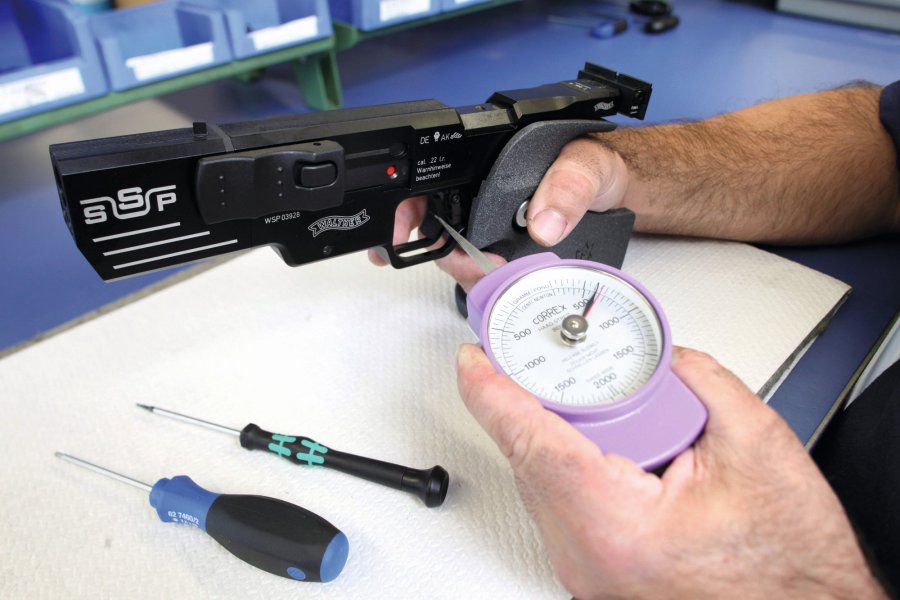
An ISSF discipline that is often practised internationally is Standard Pistol, which is also contested with "normal" sport pistols in .22 LR. Shooting takes place only at the familiar precision target; each shooter remains on his/her assigned stand and only fires at this target. While the first third of the competition, the 150-second series of five shots each, is more of a fast-paced precision shoot, during which you can safely rest the muzzle of the pistol on the shooting table or the parapet between shots (loaded guns must not be put down), the pace is much faster in the following 20-second and even more so in the 10-second five-shot series. After the first shot, you remain in the shooting position and maintain a steady rhythm for the following shots, as this guarantees the necessary, consistently identical sequence. Although you have a little more time than with the OSP for each five-shot series, the "ten" of the precision target is only half the size, at 50 mm instead of 100 mm.
Rimfire pistols outside the ISSF
For the sake of completeness and as brief information: similar dynamic disciplines outside the competition regulations of the ISSF, which undoubtedly form the group with the most participants worldwide, are also offered by other shooting sport associations. First of all, they all have similar disciplines to those presented here, Sport Pistol and Standard Pistol, in their sporting regulations in order to offer their members familiar procedures, but under their own association umbrella. However, depending on the regulations, sport pistols can also be used in other competitions with five cartridges in the magazine, but also with ten rounds in magazines available as accessories. For example, in Steel Challenge or Speed Steel as well as IPSC shooting (after an authorisation test), to name just a few examples. As a rule, however, grips that are anatomically moulded to the shooter's hand are not permitted, which also makes sense as shooting is often two-handed. However, optical aiming aids such as red dot sights may often be fitted in addition to open sights.
Here you can find the current ISSF rules for pistol shooting (PDF format, 2023).



